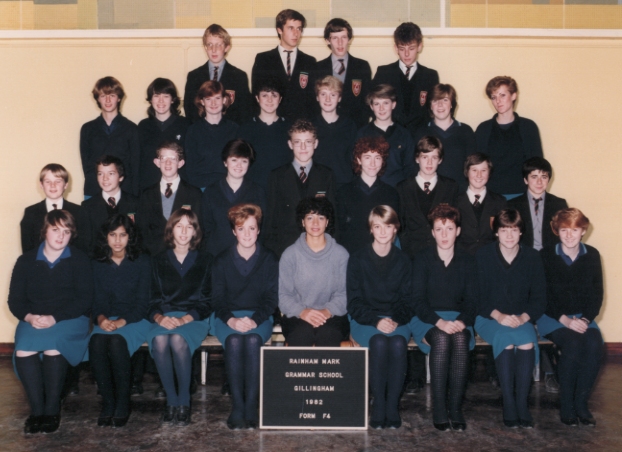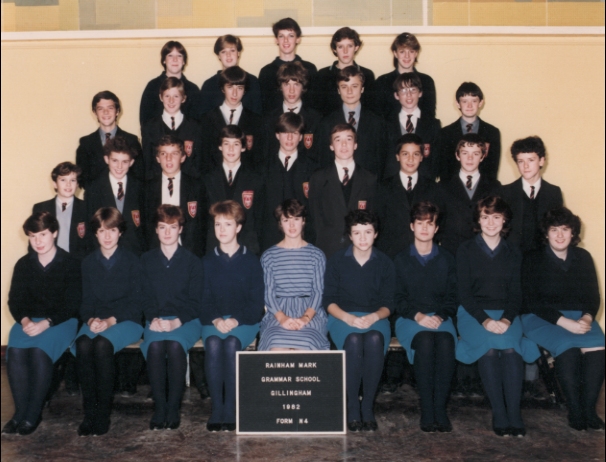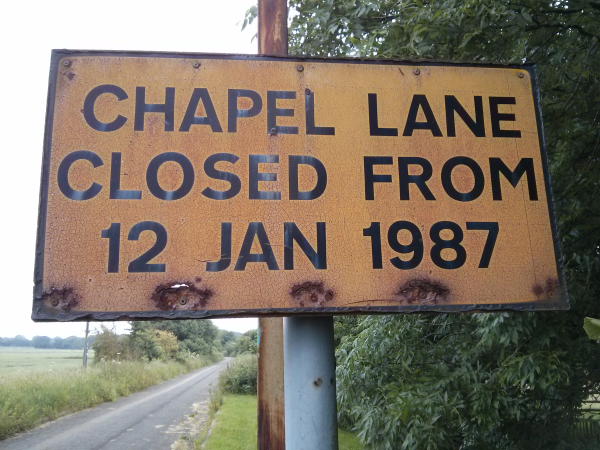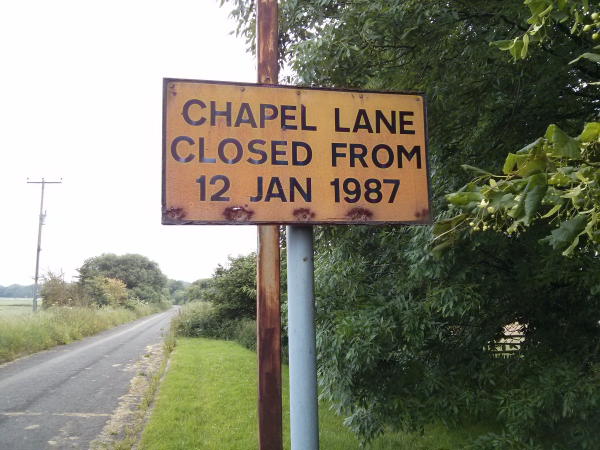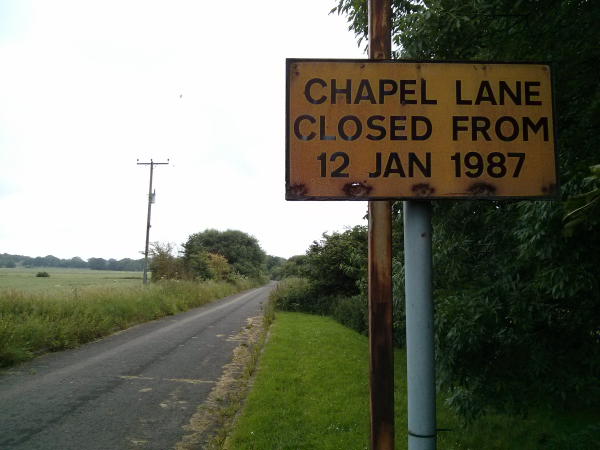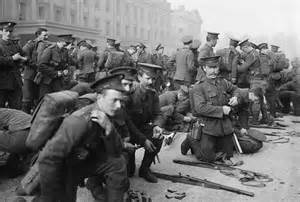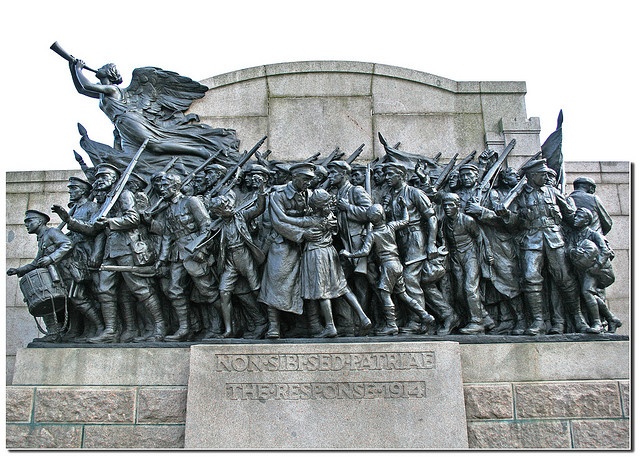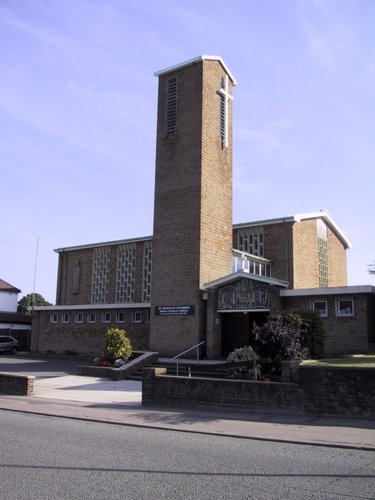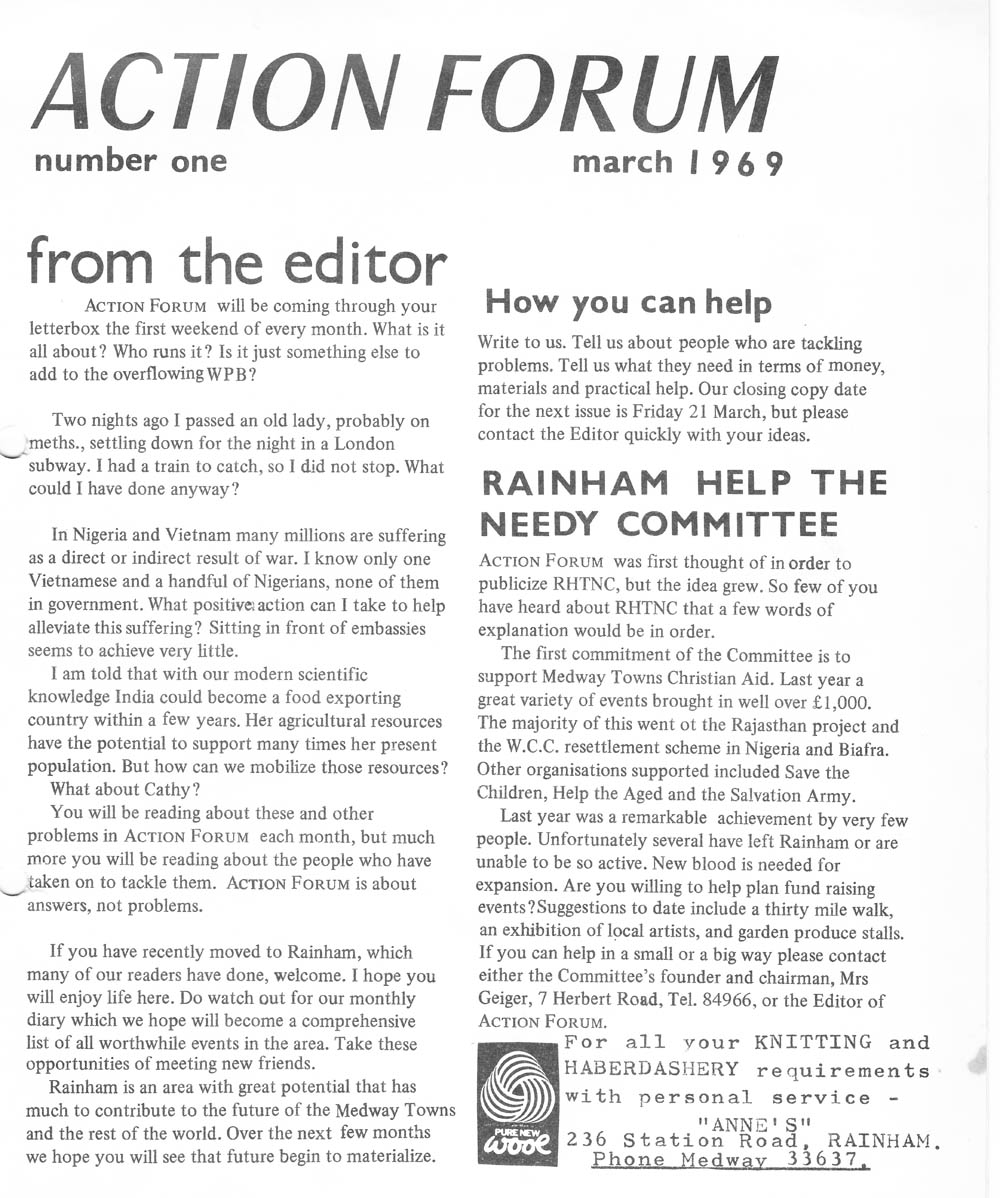Memories by Former Pupils of Rainham Mark Grammar School
Formerly known as Gillingham Technical High School and located in Green Street Gillingham, the school moved to its Pump Lane location in January 1967 as a single sex boy’s school with about 500 pupils and 30 members of staff. Dr Robert Keen served as headmaster and worked at the school from 1964 to 1997 followed by Mr Limm. The present day headmaster is Simon Decker.
During the opening years at Pump Lane Gillingham Tech was one of only a few schools in the country with a firmly established Nuffield Physics ‘O’ level course. The engineering block was considered to be the best equipped in the school and one of only a few in Kent where Engineering ‘A’ level was taught. The school also had good sports facilities for the time which included six tennis courts, three well maintained football and hockey pitches and a cricket square.
Changes have taken place over the years with the first co-educational year being introduced in 1972. Aylward, Faraday, Newton, Rutherford and Scott were joined by Bronte in 1991. Several decades later in 2001 a new form named Pankhurst was added for certain intake years only. This happened due to an increase in the pupil population as the school became more popular in the area. Later, in 2011 the Gallagher Group constructed a new £1.65 million sports hall, something that had been needed for many years as facilities at the school improved.

A disaster took place in 2012 when a blaze destroyed the science block but fire-fighters were able to prevent an explosion which could have made matters much worse. A sinkhole also appeared on the school grounds after a prolonged period of rainfall and had to be fenced off and dealt with.
Former pupils who became well-known are John Darley, a Kent based artist who served as a prefect at the school and Phil Gallagher who is known as ‘Mister Maker’ on a BBC children’s show of the same name. Beverley Brennan attended the Royal College of Art and later became a successful painter and teacher, Liam Hodges who also went to the Royal College of Art became a fashion designer of note while Craig Mackinlay became a politician who defeated Nigel Farage in the recent General Election. In sport Stevie Searle played football for Barnet in the English Football League and Dick Tydeman who attended the school when it was known as Gillingham Tech played football for Gillingham, Charlton Athletic and Peterborough United from the early 1970s up to the mid-1980s. Ian Docker and Andy Sambrook also became professional footballers after representing England as schoolboy footballers.
Rainham Mark Grammar School has produced some very good county champion football and basketball teams over the years which has enhanced its sporting reputation while high level staff/pupil collaboration has been demonstrated with successful school theatrical productions like ‘Oh What a Lovely War,’ ‘Animal Farm,’ ‘The Crucible,’ ‘Macbeth,’ and ‘Return to the Forbidden Planet.’
Former pupils have varied memories of Rainham Mark Grammar like Philip Bellars who studied there during the early 1990s. He rarely saw headmaster Dr Keen who he feels remained detached from the pupils and his only recollection of a meeting took place while being sick outside the school wind tunnel. The headmaster spotted him and ordered him to move away. His view is that Dr Keen oversaw a non-sporting school with poor outdated facilities although the school football teams gained a lot of success. Neither cricket nor rugby existed at the school when Philip attended although some cricket, tennis and hockey were offered in PE and games lessons. Dance classes were also held for both boys and girls which were not always popular with the boys.
Philip Bellars enjoyed Charity Week designed as an annual money raising event and remembers younger pupils paying sixth formers for a kiss. A musical show also took place at the end of the week which everyone enjoyed.
Although Philip feels that the teachers varied in popularity and ability the students were generally well behaved although he remembers many of the school textbooks being covered in rude drawings.
Musician Steve King had to travel between Rainham Mark Grammar and Chatham Grammar School for Girls with three other pupils to take ‘A’ level music because the facilities were lacking at Rainham Mark.
Steve has fond memories of his teachers like Vanessa Money and Heather Gallagher who taught music and encouraged him throughout. He also remembers deputy-head and maths teacher Eric Kitney, a keen marathon runner. He recalls eccentric Spanish and French teacher Neil Clifton who recently left the school but has returned periodically as a supply teacher. Other eccentric teachers in Steve’s view include CDT teachers Ken Boothby and Alan Thorpe who have now sadly passed on.
Steve always regarded Dr Robin Keen as a ‘hands off’ headmaster who restricted his rare appearances to the school assembly, school sports day and an annual cricket match between the staff and the pupils on the last day of the academic year. Sightings of him at other times were very rare and these became even fewer when the school obtained grant maintained status.
During the period 1987 to 1994 when he attended, Steve feels that although Rainham Mark Grammar had excellent academic results it mainly promoted science subjects and only a limited number of sports were offered with football in the winter and athletics in the summer being the main ones. Steve King, who went to Salford University, is now a well-known musician in the Medway area and beyond.
Tom Manning who attended the school during the early 1990s didn't live up to his parents’ expectations that like his sister he would become a model student, especially when Miss Timms put him on homework monitoring. Tom regarded her as a fearsome disciplinarian but complied. He suffered from what he calls a severe lack of enthusiasm about being educated.
Tom remembers headmaster Dr Keen as a person with whom he had little communication. Of his teachers he remembers Dr James Bit David an enthusiastic maths teacher and 5th form tutor who could not communicate very well due to being Iranian and English not being his first language. He also remembers his CDT teacher Mr Thorpe, a tubby chap who mumbled a lot but who demanded perfection and did not have a lot of patience and Mr Boothby who could be identified by his wild uncombed hair.
Tom recalls his three German teachers beginning with Mr Webster. He viewed Mrs Cooper as an elegant lady who gave interesting lessons and drove an old Citroen car but he thought Mrs Gardener an impatient teacher who he frequently riled by giving her Nazi salutes. On the other hand, he thought his geography teacher Mrs Humphreys a bit of a hippy but a good teacher. Mrs Humphrey’s predicted that Tom would get a poor ‘A’ level grade. It turned out to have the opposite effect as it motivated him to study hard and get a good grade.
Mr Lawrenson turned out to be a superb economics teacher for Tom who always enjoyed his lessons, mainly because he was able to discuss cricket and football with him. They once played cricket against each other in the annual Staff v Pupils match at the end of the academic year.
Tom admits that he played tricks on Mr Wells, a very short economics teacher who other pupils also enjoyed playing tricks on like putting the blackboard wiper and other items on top of the door frame so that he couldn't reach which caused laughter. Tom feels that the school maintained a good reputation for academic results with improvements taking place to the science building while the PE department remained limited in what it offered. His only fear while at Rainham Mark Grammar occurred when walking home as he had to be alert and aware of Howard School pupils waiting to ambush him in the street.
Jim Wallace noticed one teacher as being a bit out of the ordinary when he described maths teacher Mrs Lythgoe as a very small lady who rode a massive motorbike on which she wore a full set of leathers which caught the attention of many pupils.
Former pupils can also recall memorable incidents involving their teachers like Michelle Simpson who remembers art teacher Mr Lydon walking into the hall door and knocking himself out which resulted in him missing a GCSE art lesson. Lisa O’Brian recalls Mr Humphries suddenly instructing the whole class to put up their hands while he walked around the classroom saying “keep them up.” Puzzled by this Lisa and her classmates noticed Dr Keen walk past the classroom with a group of parents who were being shown around the school. After they had passed Mr Humphries instructed the pupils to put their hands down and continued the lesson which caused amusement.
Keely Howard recalls the day when Mr Turner turned up late to assembly then had the embarrassment of sitting down on a chair which collapsed, probably something Mr Turner would like to forget but something Keely Howard has always remembered.
Overall, former pupils of Rainham Mark Grammar have positive memories of their teachers with Jim Wallace referring to Mrs Lythgoe as ‘a top teacher.’ Michelle Simpson calls Mr McCarthy ‘an inspirational teacher’ and Andy Morgan says of his maths teacher Mr Kitney that without his assistance he would never have passed his GCSE maths exam.
Rainham Mark Grammar School which has had very impressive academic results over the years and has produced a wide range of successful people in many fields of work remains a highly regarded school in the Medway area.
Some photos of the classes of 1982 at RMGS - actually from the photos pupils are still wearing their blazers with the GTHS logos on despite the class board showing Rainham Mark Grammar School.

